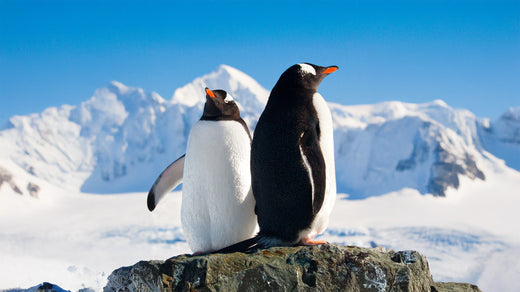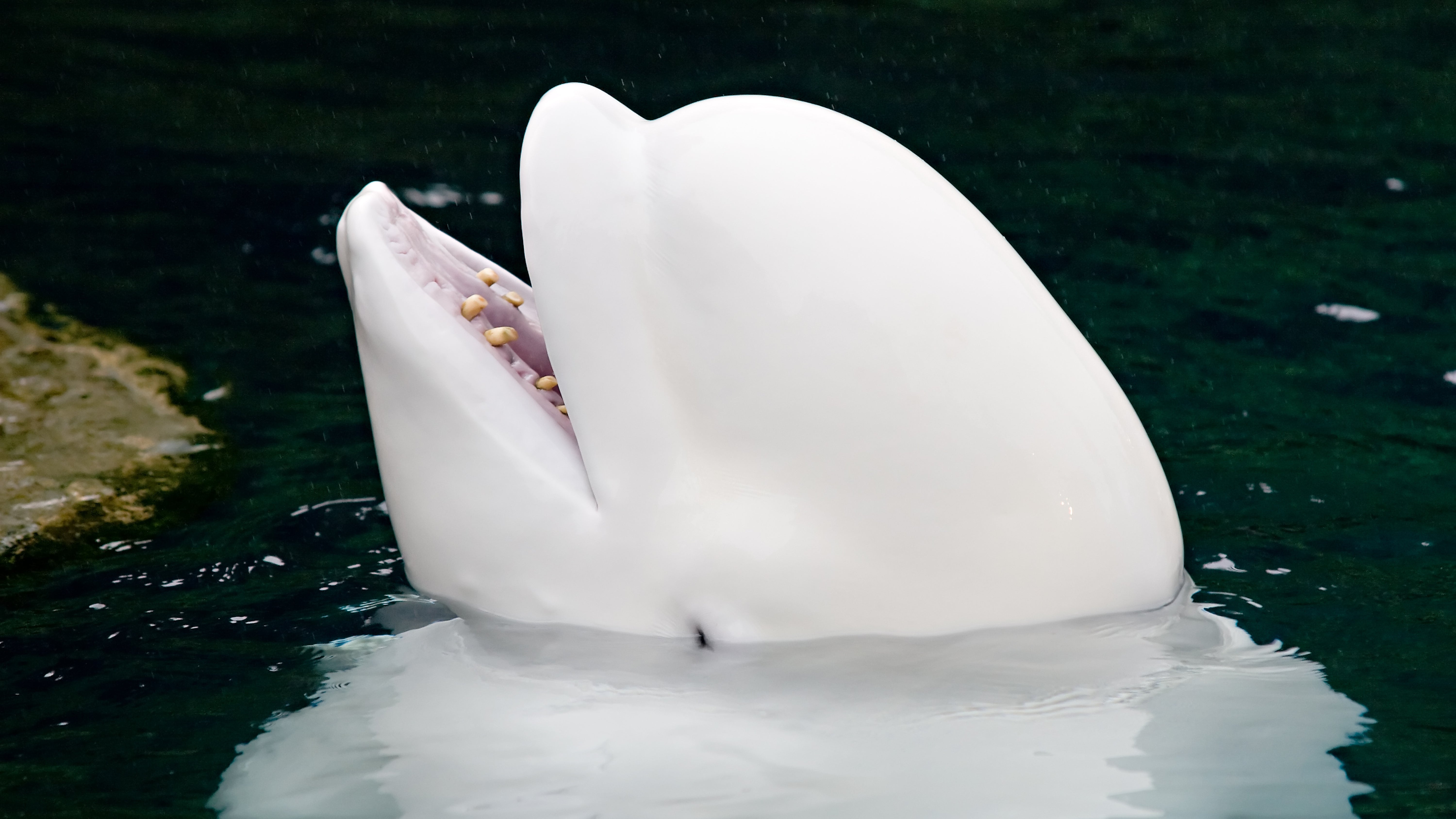7 MIN READ
05-01-2025
A Graceful Giant of the Sea: Meet the Manta Ray
Henry Bliss, 4ocean Story Producer
Soaring through tropical seas with wing-like fins and unmatched elegance, manta rays are among the most awe-inspiring creatures in the ocean. Known for their intelligence, curiosity, and gentle nature, these giants are ambassadors of healthy marine ecosystems.
In this Creature of the Month feature, we dive into the world of manta rays! Taking a specific look at their biology, behaviors, the challenges they face, and the conservation work being done in places like Florida and Indonesia to help protect these ocean icons and their critical habitats.


Bracelet of the Month:
2025 Manta Ray Bracelet
Pull 5 Pounds of Trash From The Ocean With Our Limited Edition 2025 Manta Ray Bracelet. Only Available May 2025!
Shop Now - Clean the OceanWhat Is a Manta Ray?
Manta rays are large, filter-feeding relatives of sharks and stingrays that glide effortlessly through the ocean. Belonging to the genus Mobula, there are two primary species: the reef manta ray (Mobula alfredi) and the giant oceanic manta ray (Mobula birostris).
Despite their size—they can grow up to 7 meters (23 feet) wide—manta rays feed on microscopic plankton and small fish, using their massive mouths to funnel food as they swim.

What Do Manta Rays Provide?
Manta rays play a vital role in the ocean's ecosystem and offer benefits that ripple well beyond the sea:
- Ecosystem Balancers: As filter feeders, they help control plankton populations and support marine food web balance.
- Tourism and Local Economies: Their majestic presence draws divers and eco-tourists from around the world, supporting sustainable tourism industries.
- Indicators of Ocean Health: Because they rely on clean, productive waters, healthy manta ray populations are a sign of healthy oceans.

Where Are Manta Rays Found?
Manta rays are highly migratory and found in tropical and subtropical waters worldwide.
- Indonesia: Home to one of the most important manta ray populations and critical reef systems.
- Florida (Atlantic Coast): Seasonal aggregations are observed off the southeastern coast of Florida.
- Maldives, Mozambique, Australia, and the Galápagos: Key feeding and breeding grounds for both species.
Reef manta rays tend to stay near coastal reefs and island chains, while oceanic manta rays travel across open waters, sometimes covering thousands of miles a year.

Why Manta Rays Matter to Humans
Manta rays are highly migratory and found in tropical and subtropical waters worldwide.
- Sustainable Livelihoods: Eco-tourism centered on manta rays provides economic opportunities for coastal communities.
- Cultural Significance: In many cultures, manta rays are symbols of grace and wisdom, revered in local mythology and traditions.
- Scientific Value: Manta rays are highly intelligent, exhibiting self-awareness and complex social behaviors. Studying them offers insights into ocean life and cognitive evolution.

What Threatens Manta Rays?
- Overfishing and Bycatch: Manta rays are often caught unintentionally in fishing nets or targeted for their gill plates, used in traditional medicine.
- Plastic Pollution: Manta rays ingest microplastics and debris while filter-feeding, which can cause internal damage and toxic exposure.
- Climate Change: Warming oceans and changing current patterns affect plankton availability, impacting manta ray feeding grounds.
- Boat Strikes: In high-traffic areas, manta rays are vulnerable to injuries from propellers and hulls.

Conservation Efforts
Efforts to protect manta rays are underway around the world, especially in regions like Indonesia and Florida where they face increasing threats.
Marine Protected Areas:
Designating zones where fishing and development are restricted helps manta rays feed, migrate, and breed safely.
Sustainable Tourism:
Eco-tourism guidelines ensure that manta ray encounters don’t stress or harm the animals.
Public Education & Awareness:
Outreach campaigns are helping reduce demand for products made from manta rays and educating the public about their importance.
Scientific Research:
Tracking manta ray movements and studying their behavior helps inform better policy and protection plans.

A Call to Action
Manta rays are gentle giants that inspire awe and respect. But their continued survival is not guaranteed. Protecting their waters, food sources, and migratory routes will require global cooperation and local action.
By choosing sustainable seafood, reducing plastic use, supporting conservation initiatives, and advocating for ocean protection, we can ensure these magnificent creatures continue to soar through our oceans for generations to come.
We’re always on the lookout for incredible stories from our community! Pitch yours to our team at

Bracelet of the Month:
2025 Mantay Ray Bracelet
Pull 5 Pounds of Trash From The Ocean With Our Limited Edition 2025 Manta Ray Bracelet. Only Available May 2025!
Shop Now - Clean the Ocean



